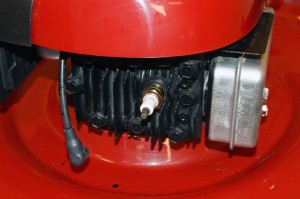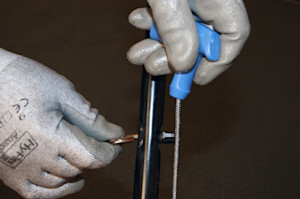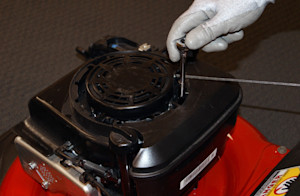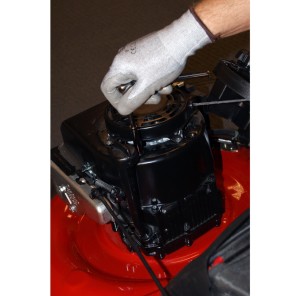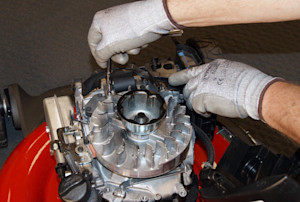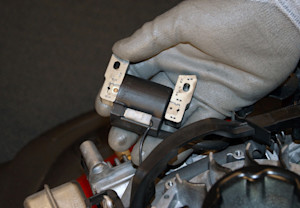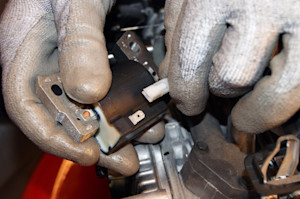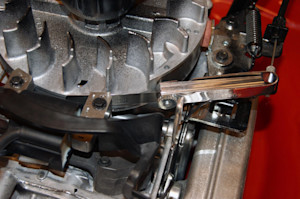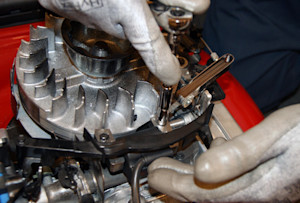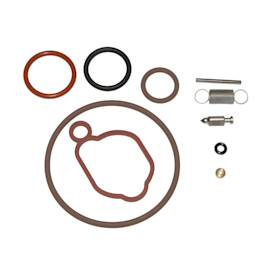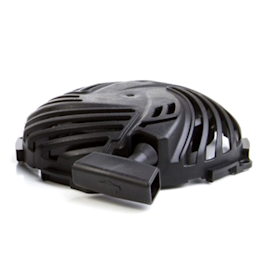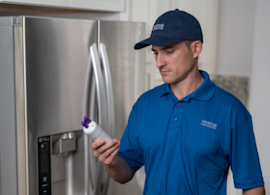
This DIY lawn mower repair guide shows how to replace the ignition coil on a lawn mower that has a flathead engine. The ignition coil sends the electric current to the spark plug to ignite the fuel in the cylinder. If the ignition coil doesn't send electric current to the spark plug when you pull the starter rope, replace the coil with the manufacturer-approved lawn mower part.
Use this repair procedure to replace the ignition coil on common Briggs & Stratton flathead engines that power Craftsman, Husqvarna, MTD, Murray, Snapper, Toro, Troybilt, Cub Cadet and Ariens walk-behind lawn mowers.
If your lawn mower is a newer model with an overhead valve (OHV) engine, see our repair guide How to Replace a Lawn Mower Ignition Coil on an OHV Engine.

